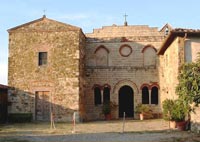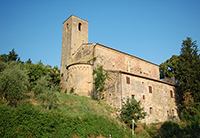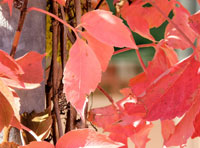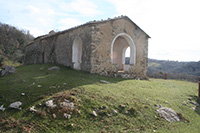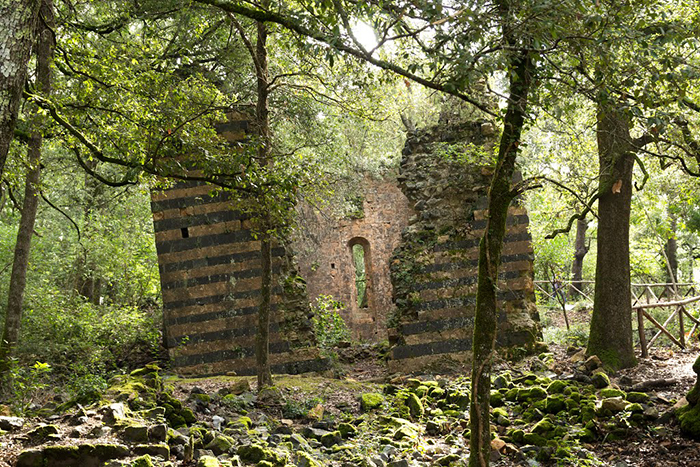 |
|
| L'eremo di Montespecchio[1] | |
The hermitage of Montespecchio |
| The Hermitage of Montespecchio is one is the hardest to reach. To get there, you have to climb a very steep narrow path called “Conventaccio” by the local inhabitants. The path goes through a dense forest with gnarly trees covered with moss and lichens.The hermitage, dedicated to Mary, was founded in 1190 by a hermit named Giovanni, as a result of a donation by the Capolungo family. An unusual characteristic of this hermitage, differentiating it from the others in the Tuscany area, is its walls of salmon pink and black stone. Of the church, only the skeleton remains, while the surface occupied by the ancient convent is still visible. Montespecchio, for reasons still shrouded in mystery, was almost always in close contact with Lecceto, but, in contrast to Lecceto, it only officially adopted the Augustinian Rule in 1255.[2] |
| Mappa | L'eremo di Montespecchio |
||||
|
||||
Directions |
||||
Map |
||||
|
||||
Podere Santa Pia |
Podere Santa Pia, garden |
Pieve di San Cresci at Monteficalle | ||
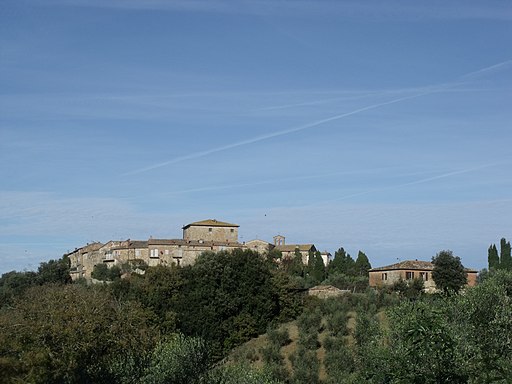
|  |
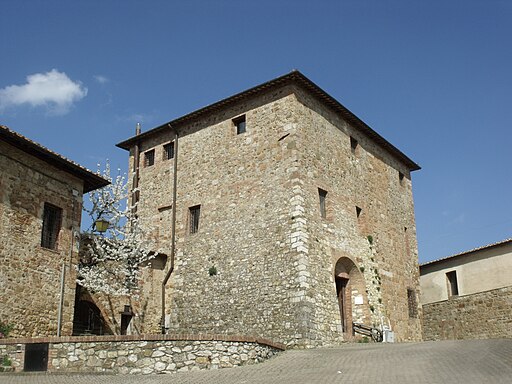 |
||
Murlo, de Via delle Civitate
|
Murlo, Porta e mura medievali |
Palazzo Vescovile, ora Antiquarium di Poggio Civitate, Museo Archeologico, Borgo di Murlo, Siena, Toscana
|
||
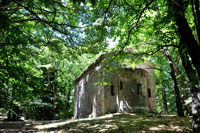 |
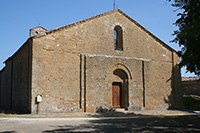 |
|||
| Vivo d'Orcia, Eremo | Cedda |
Cennano | ||
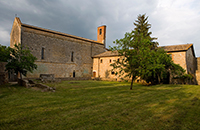 |
||||
Vini in Toscana
|
Santuario di San Giorgio, Montorgiali, Scansano |
San Lorenzo al Lago | ||



